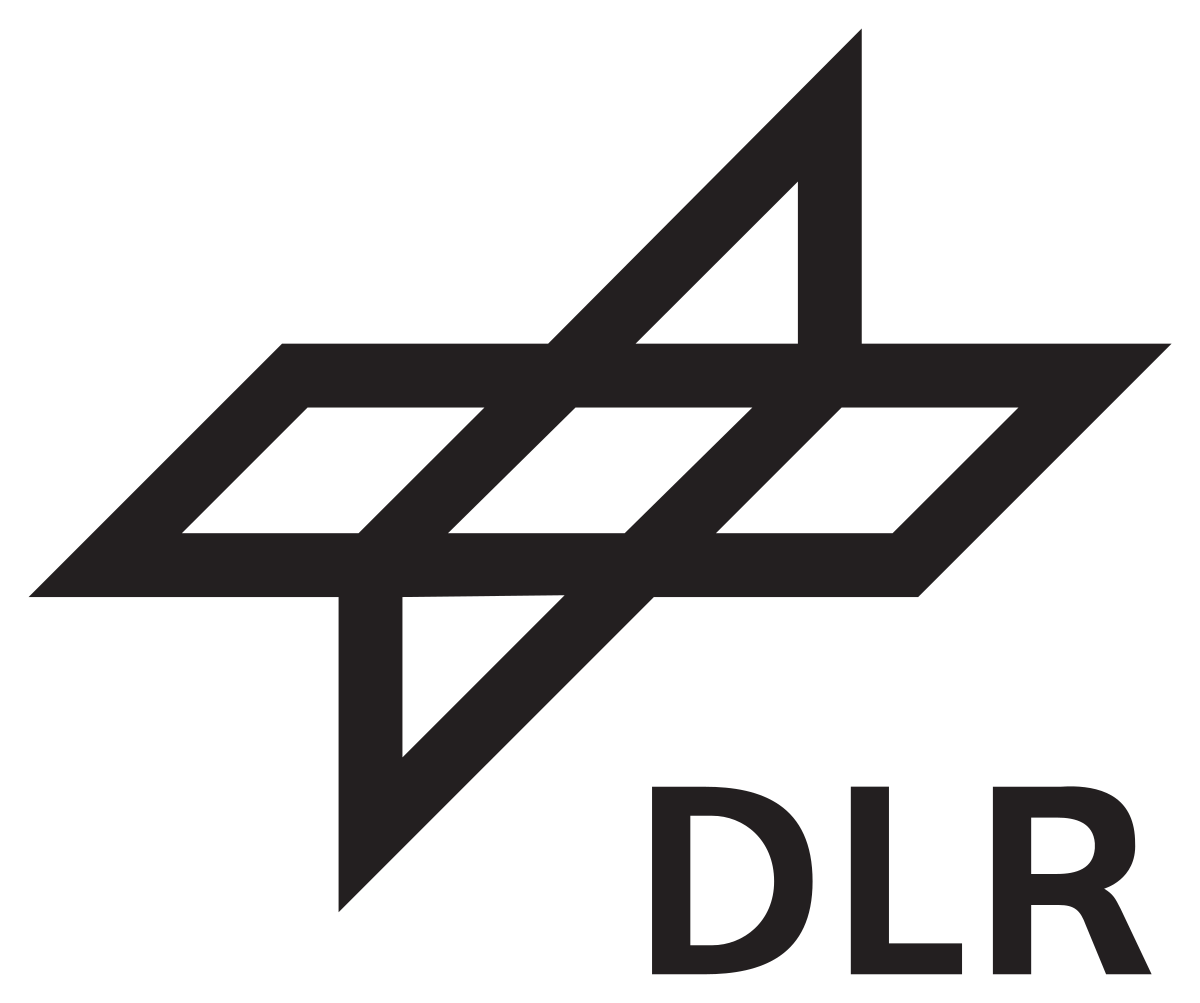
The world of programming languages is vast and diverse, with each language offering its own strengths and capabilities. However, the ability to seamlessly integrate and leverage the strengths of multiple languages within a single application has long been a challenge. This is where the Dynamic Language Runtime (DLR) steps in, revolutionizing the way developers approach polyglot programming.
Understanding the Dynamic Language Runtime:
The Dynamic Language Runtime is a runtime environment that facilitates the integration and interoperability of dynamic languages with the .NET Framework. Developed by Microsoft, the DLR provides a common set of services for dynamic languages, allowing them to coexist and interact seamlessly within the same application.
Key Features of DLR:
- Dynamic Typing: One of the defining features of the DLR is its support for dynamic typing. Unlike statically typed languages, dynamic languages determine variable types at runtime, offering greater flexibility in coding and reducing the need for explicit type declarations. This dynamic typing capability is harnessed by the DLR, enabling developers to write more expressive and concise code.
- Language Interoperability: The DLR facilitates the integration of dynamic languages, such as Python, Ruby, and JavaScript, with the statically-typed .NET languages like C# and VB.NET. This interoperability opens up new possibilities for developers, allowing them to choose the right language for specific tasks and seamlessly combine them within a single application.
- Expression Trees: Expression trees are a powerful feature of the DLR that allows the representation of code as data. This enables developers to manipulate and analyze code programmatically, opening up opportunities for dynamic code generation and optimization.
- Runtime Code Generation: The DLR supports runtime code generation, allowing dynamic languages to generate and execute code on-the-fly. This capability is particularly beneficial for scenarios where performance is crucial, as it enables optimizations and adaptability during runtime.
Use Cases for DLR:
- Scripting in .NET Applications: The DLR is extensively used for embedding scripting languages within .NET applications. This enables developers to provide scripting capabilities to end-users, allowing them to extend or customize the application’s behavior without modifying the source code.
- Data Analysis and Machine Learning: Dynamic languages like Python are popular in the field of data analysis and machine learning. With the DLR, developers can seamlessly integrate Python scripts into .NET applications, leveraging the rich ecosystem of Python libraries for data manipulation, analysis, and machine learning.
- Game Development: In the realm of game development, different scripting languages are often employed for various aspects of the game logic. The DLR simplifies the integration of these scripting languages with the main game engine, fostering a more modular and maintainable codebase.
Conclusion:
The Dynamic Language Runtime is a testament to the evolving nature of programming paradigms. By providing a common ground for dynamic languages to coexist with the .NET Framework, the DLR empowers developers to harness the strengths of multiple languages within a single application. This not only enhances productivity but also opens up new avenues for innovation in the ever-expanding landscape of software development. As technology continues to advance, the DLR stands as a crucial tool in the toolkit of developers looking to embrace the era of polyglot programming.